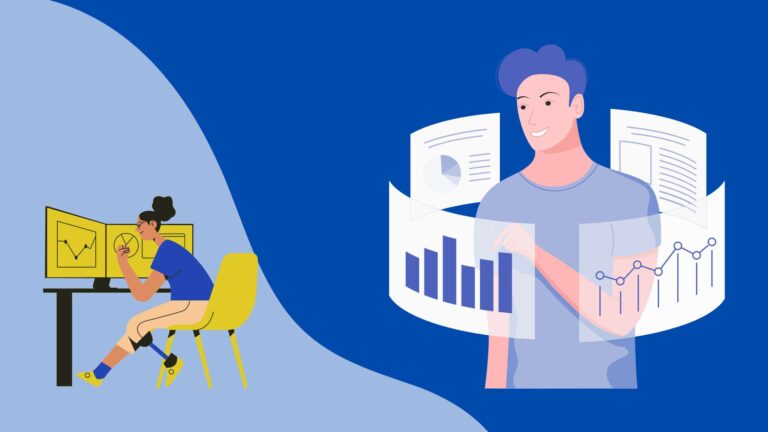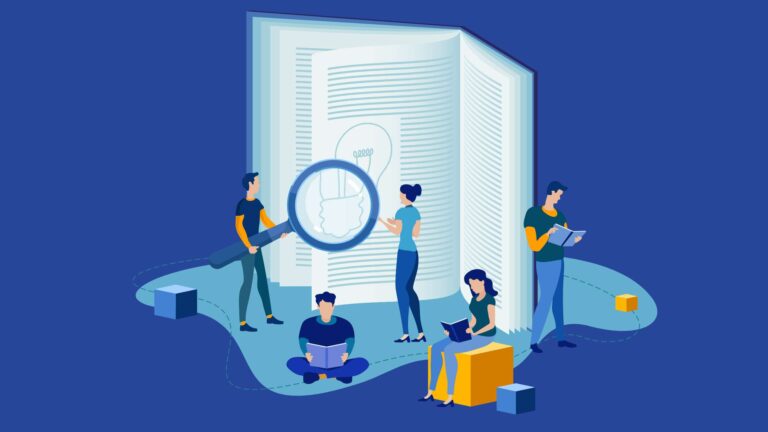Collecting data is an important step – it helps management of an organization to understand a topic and make decisions about how to proceed. But does the process of collecting data have to be difficult?
This blog article looks at 11 ways for collecting data that are easier and more streamlined, using Primary Data and Secondary Data
Introduction
When it comes to collecting data, there are a few different ways that you can do it. Primary sources are the most direct way to collect data and they are usually the first thing that you use when trying to research a topic.
However, primary sources can be difficult to access and often require special permission from the person or organization that owns the information. This limits their usefulness for many research projects.
Secondary sources are information that is not created by the person or organization that you are looking for information from. These sources might be published articles, books, or online databases.
Secondary sources can be more difficult to find than primary sources, but they often offer more reliable information. They also allow you to explore different perspectives on a topic.
Ways to Collect Primary and Secondary Data
6 Ways a researcher can collect Primary data
- Interviews:
The researcher can ask the participants to take part in a structured interview. In this type of interview, the researcher has to take care of the administration, related background research and questionnaires. The advantages are that the researcher can check if he/she has covered all points in his/her research plan - Focus Groups:
Focus groups are an advanced form of group interviews. They seek to discover attitudes, opinions and behaviors that have not been adequately captured by questionnaires. Focus groups are conducted by trained professionals who have skills in facilitating discussions. The advantages include that everyone is free to speak and give their own ideas during a focus group - Participant Observation:
This method provides a good opportunity for observation and interaction with people in your natural environment or setting where you will do your research project. This can be fun, though it may sometimes be tough to deal with people who are not very open and kind - Questionnaire:
A questionnaire consists of two or three sets of questions. The first set of questions asks the respondent to answer a series of questions about the topic on which you want to conduct your research. It is generally easier to conduct questionnaires than the other methods mentioned above - Survey:
The purpose of a survey is to get a general sense of the opinions, tastes, likes and dislikes of those who are likely to be interested in your research results. The response rate will be low depends on the type of survey you conduct. - Experiments:
This method is most useful if you want to evaluate some hypothesis. It is also useful in testing the significance of a particular result. The results of the experiment will be confirmed or denied by repeating your experiment after making changes or variations.
5 Ways a researcher can collect Secondary data
Secondary data can be used to corroborate or contradict the information you collected from the primary source.
- Published data:
Data that has already been published on websites, magazines and repositories that contain large amounts of data not available through any other means. This is obviously the easiest form of Secondary data to collect and use. There are two main types of website that offer publicly accessible data – open access and subscription databases. Open access sites allow visitors to use their own machine to download the files they require without charge; however, some sites impose a fee for access. - Peer-reviewed data:
The majority of universities have websites where unpublished data can be obtained from external sources (eg journals) or uploaded onto their servers. Although it is often difficult to obtain permission from the author to use the source data for other or commercial purpose. - Non-refereed data:
Data that has not been submitted for peer review, such as secondary survey data, may be useful to researchers but can only be used for statistical analyses. - Government and Non Government Agencies:
A number of government agencies have published some data, such as the Office for National Statistics (ONS), but so far only a small number of datasets have been released by these organizations. - Reports based on survey data:
Some reports are based on surveys that have been carried out by government bodies or non-governmental organizations (NGOs) and are freely available to download in PDF or Spreadsheet.
After collecting the data, you can then use it to create statistics or graphs. Both primary and secondary data can be used to create insights about a particular topic.
For example, using survey data you could find out how many people think a certain policy is good or bad. Using interview data, you could find out why people think a certain policy is good or bad.
Conclusion
Primary sources are original documents that can provide information that is not biased or influenced by others, while secondary sources are documents or reports that use primary source material as a basis for their analysis.
Both of these methods have their advantages and disadvantages, but when used correctly they can provide us with valuable insights into a topic.
So whether you are looking to conduct your own research or need to gather data for a paper you are writing, make sure to consider both primary and secondary sources when collecting data.




